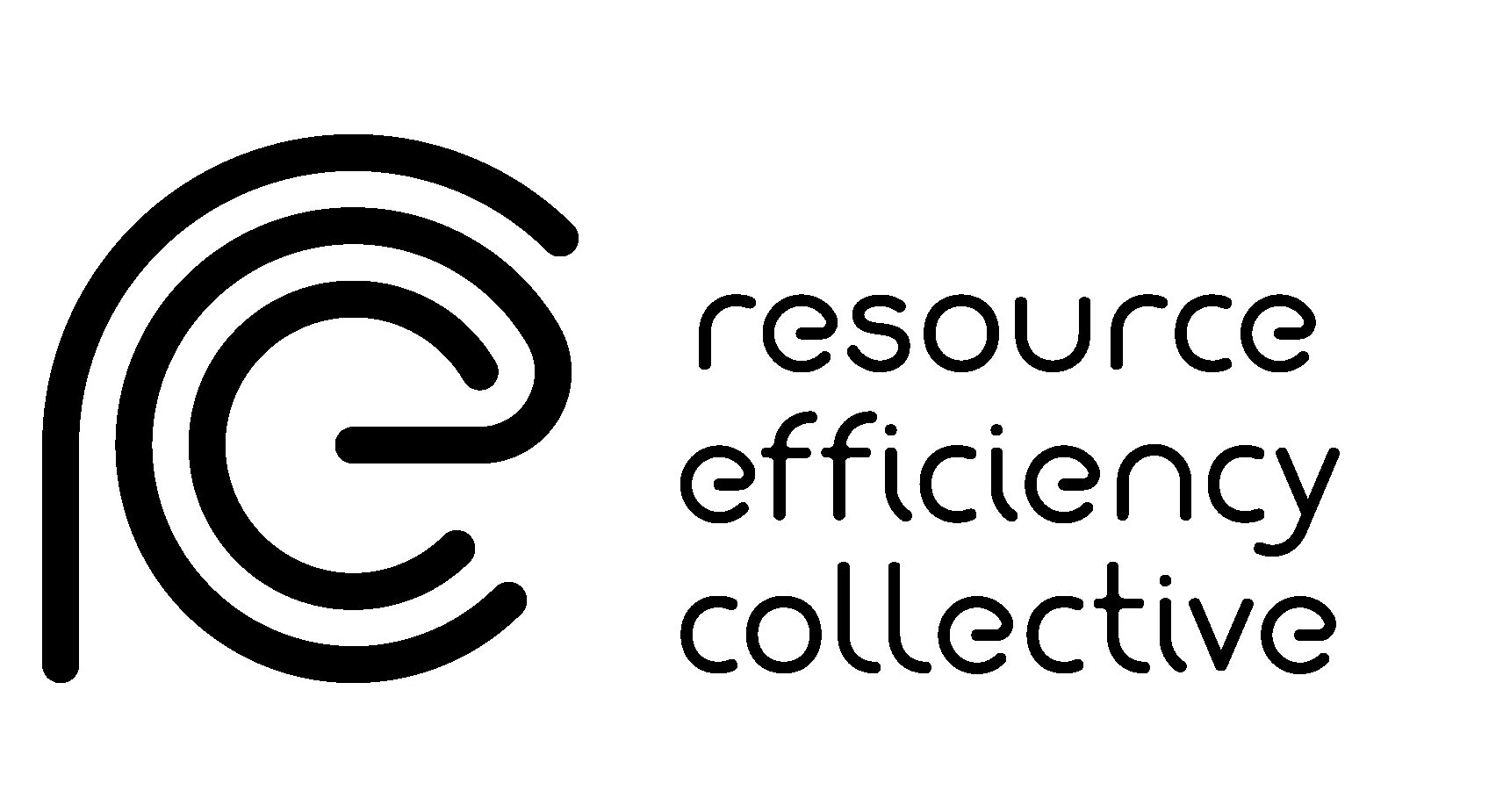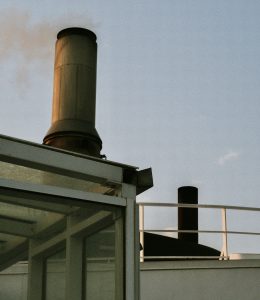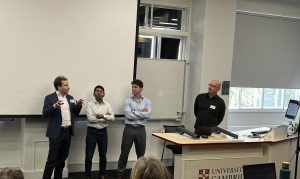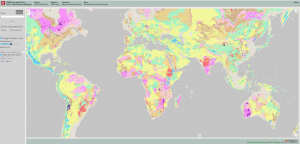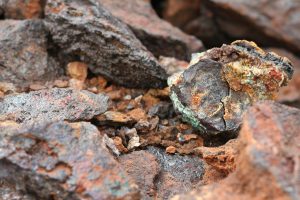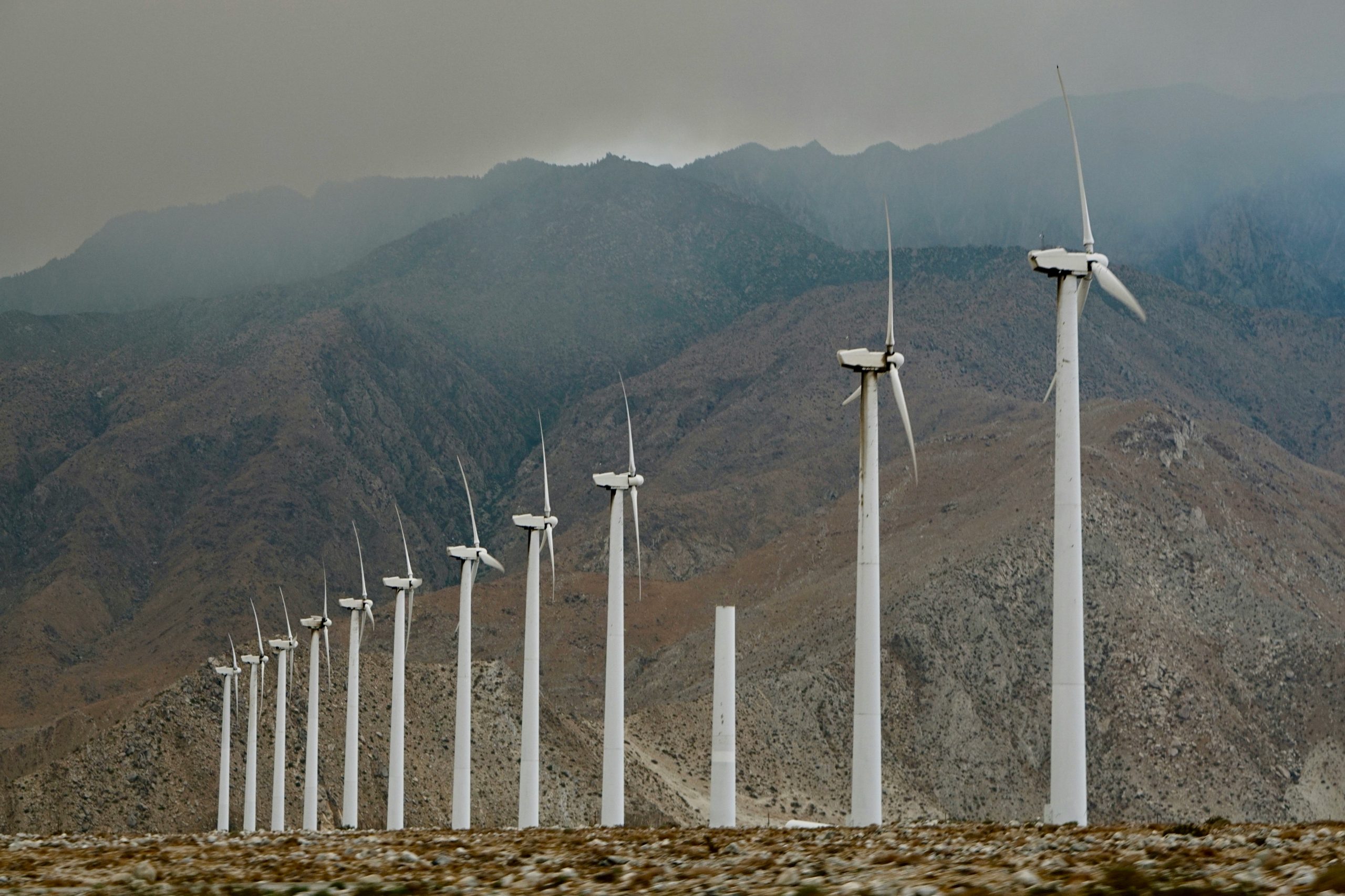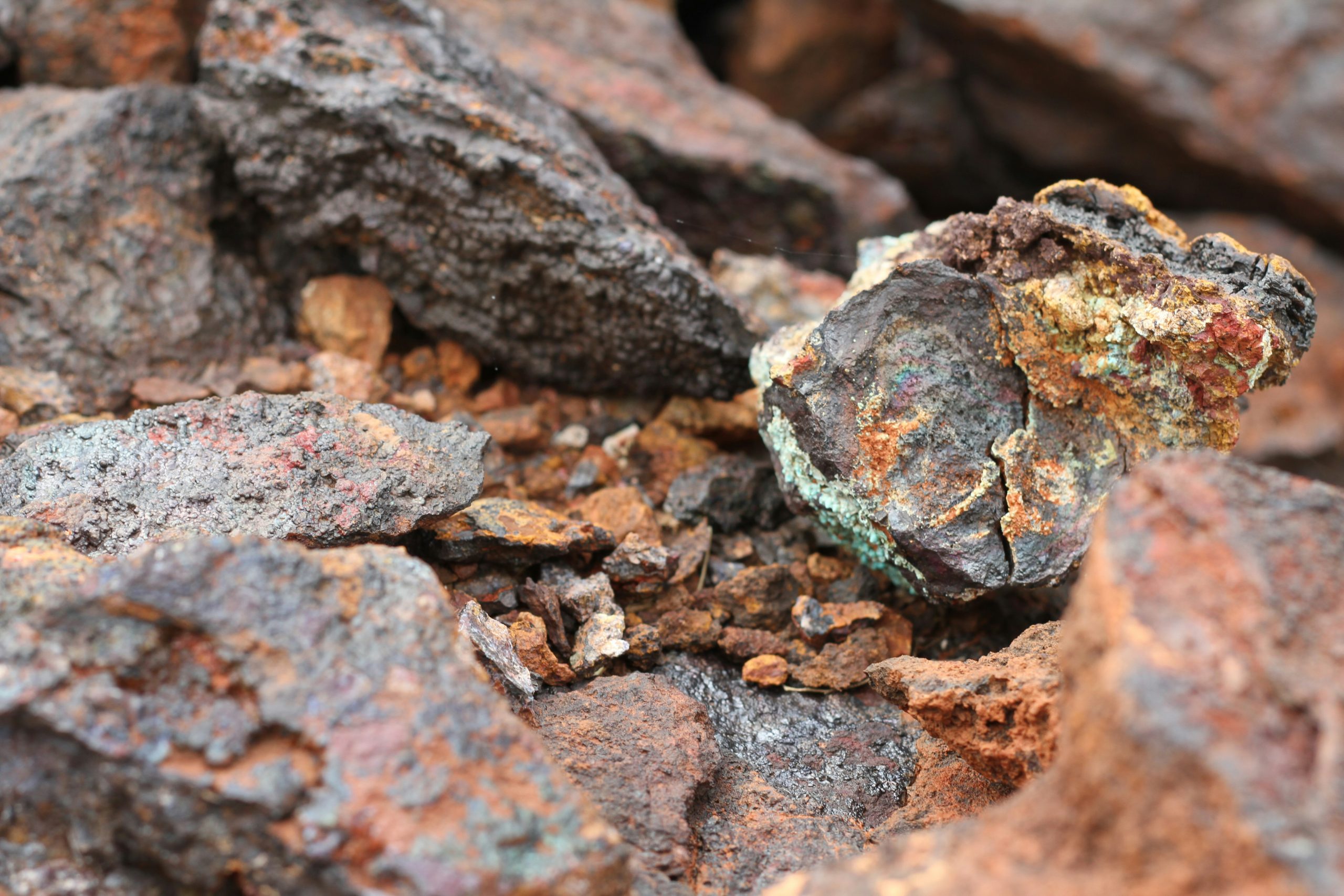Country’s wealth is not associated with domestic control of metal ore extraction
In their new paper, Baptiste, Mehrnoosh and Jonathan outline the lack of association between a country’s wealth and the share of its locally extracted ores under domestic control, highlighting the highly globalised nature of the mining sector.
Countries increasingly rely on metal ores for the energy transition but face potential supply constraints. Here we combine multi-region input–output analysis with corporate ownership data from 2000 to 2022 for ten widely used metals, and visualize the results using Sankey diagrams for 159 countries plus four world regions.
We find no association between a country’s wealth and the share of its locally extracted ores under domestic control, highlighting the highly globalized nature of the mining sector. Similarly, overseas mine ownership does not translate into direct material flows back to the controlling region, indicating that market forces can overshadow corporate influence.
Despite no measurable trade shifts, foreign ownership remains a potential lever for supply chain disruptions. By integrating corporate control into criticality assessments, policymakers can identify future vulnerabilities and strengthen resource security. Enhanced data transparency is also essential for building resilient supply chains.
Read the full paper by Baptiste Andrieu, Karla Cervantes Barron, Mehrnoosh Heydari, Amir Keshavarzzadeh and Jonathan Cullen in communications, earth & environment here.
Photo by Matthew De Livera on Unsplash.
